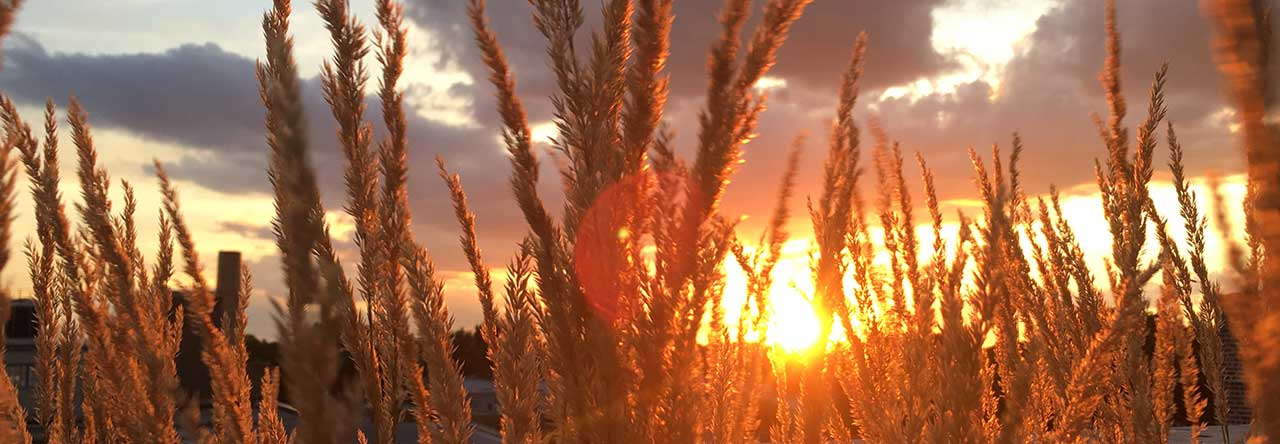 With the project in its final day, the students at the New York Times Student Journalism Institute (who come from Historic Black Colleges & Universities as well as other journalism programs at schools with chapters of the National Association of Black Journalists) have completed seven video stories in the past two weeks. Among the 24 students in the institute, about half did either a video or some other form of multimedia (audio slide shows or interactive timelines) as part of the institute’s website.
With the project in its final day, the students at the New York Times Student Journalism Institute (who come from Historic Black Colleges & Universities as well as other journalism programs at schools with chapters of the National Association of Black Journalists) have completed seven video stories in the past two weeks. Among the 24 students in the institute, about half did either a video or some other form of multimedia (audio slide shows or interactive timelines) as part of the institute’s website.
Sha’Day Jackson (pictured in the hoodie above) devoted her two weeks here to learning video, and she participated in and produced three different stories. She and Jhenelle Johnson produced a video about young jazz musicians. I mentioned that one the other day; it made it onto the NYTimes website.
 The two other stories were: one about a shrimper who struggles to stay afloat in a tough economy; and another profiling the women who find a sisterhood in the Big Easy Roller Girls roller derby (in the photo to the right, Sha’Day shoots with reporter Gregory Brand, Jr.).
The two other stories were: one about a shrimper who struggles to stay afloat in a tough economy; and another profiling the women who find a sisterhood in the Big Easy Roller Girls roller derby (in the photo to the right, Sha’Day shoots with reporter Gregory Brand, Jr.).
John Marsh, Mike McCray and Ronald Carter filed a story about the Mid-City Lanes phenomenon known as Rock’N’Bowl, where pins fall as people dance to different music every night.
And Hilary Powell filed her own video story yesterday. We visited a food bank in the morning, and Hilary edited all afternoon to complete a short piece by day’s end. It focused on how food banks are seeing an increase in use — even among middle class families — as food and fuel prices rise.
Bravo to everyone.
And I am particularly grateful to Dillard University professor Mark Raymond (pictured with Sha’Day below) who opened up his TV studios for the institute and spent so much time with the students on shoots and in the edit room. The students at DU are very lucky to have him as a teacher.









 Voodoo priestesses welcomed Edgar Jean-Louis — a Haitian voodoo priest — to a New Orleans backyard on a full moon night. They performed the Brule Zin Fire Ritual as part of the 3rd annual La Source Ancienne Ounfo’s Couche Voodoo initiations, created to celebrate and revitalize the spiritual growth of this city. I was there with two students from the
Voodoo priestesses welcomed Edgar Jean-Louis — a Haitian voodoo priest — to a New Orleans backyard on a full moon night. They performed the Brule Zin Fire Ritual as part of the 3rd annual La Source Ancienne Ounfo’s Couche Voodoo initiations, created to celebrate and revitalize the spiritual growth of this city. I was there with two students from the 














